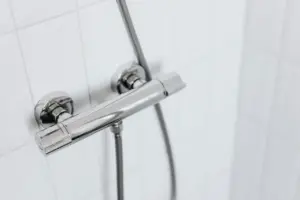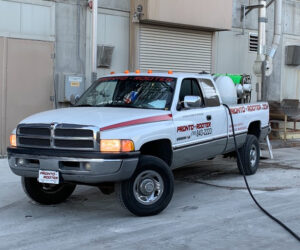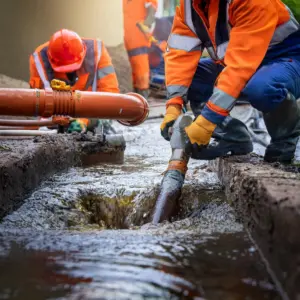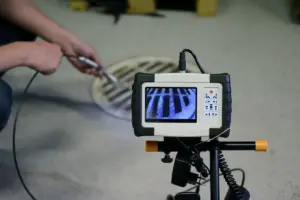Monitoring your water usage is essential for managing your household expenses and identifying potential leaks that could lead to costly repairs. Understanding how to read and interpret your water meter can help you keep track of your water consumption and maintain a healthy plumbing system. Here’s a straightforward guide to help you read and understand your water meter effectively.
Understanding Your Water Meter
- Locate Your Water Meter
Where to Find It: Water meters are typically located in basements, crawl spaces, or on the exterior of your home near the street. They are usually housed in a meter box or enclosure.
How to Access It: If it’s outside, you may need to lift a heavy lid to access the meter. Make sure to take safety precautions and be cautious of any potential hazards.
- Read the Meter
Types of Meters: There are different types of water meters, including analog and digital. Each type has its own way of displaying water usage.
- Analog Meters: These meters have a series of dials or a rotating register that displays your water consumption. The numbers on the dials represent your water usage in gallons or cubic feet.
- Digital Meters: Digital meters have an electronic display showing your water usage in numerical form. They may also offer additional information, such as usage trends or historical data.
How to Read Analog Meters: Read the numbers from left to right, starting with the smallest dial. The dials rotate in different directions, so be sure to note the direction each dial turns. The total usage is the combined value of all the dials.
How to Read Digital Meters: Simply read the displayed number on the screen. This number represents the total amount of water used since the meter was last reset.
Tips for Monitoring Water Usage
- Track Your Water Usage Regularly
Why It’s Important: Regularly monitoring your water meter can help you detect unusual spikes in water usage that may indicate leaks or inefficiencies.
How to Do It: Take note of the meter reading at the beginning and end of a day or week. Compare these readings to track your water usage over time.
- Check for Leaks
How to Identify Leaks: A sudden increase in water usage, even if you haven’t made significant changes to your water habits, could be a sign of a leak. To check for leaks, read your meter, then avoid using water for a few hours and check the meter again. If the reading has changed, you may have a leak.
Common Leak Sources: Leaks can occur in toilets, faucets, and irrigation systems. Be sure to check these areas for signs of water waste or dripping.
- Understand Your Water Bill
How to Compare: Compare your meter readings with your water bill to ensure they align. If there’s a discrepancy, it could indicate a problem with your meter or an issue with billing.
What to Look For: Look for unusual patterns or spikes in your bill that could suggest issues with your water usage or potential leaks.
- Implement Water-Saving Measures
Why It Helps: Monitoring your water meter can also help you identify areas where you can reduce water consumption, saving you money and conserving resources.
Simple Tips: Fix leaks promptly, install water-efficient fixtures, and be mindful of water usage habits, such as taking shorter showers and running dishwashers with full loads.
When to Call a Professional
If you notice significant discrepancies in your water meter readings or suspect a leak but cannot locate the source, it’s time to call a professional. Pronto-Rooter can assist with diagnosing and repairing leaks, as well as providing advice on how to improve your water usage and efficiency.
Contact us today:
1019 W 29th St
Lawrence, KS 66046
(785) 843-2223
We are ready to help you maintain your plumbing system and manage your water usage effectively. By understanding and monitoring your water meter, you can stay on top of your water consumption, avoid unexpected bills, and ensure a well-functioning plumbing system.





